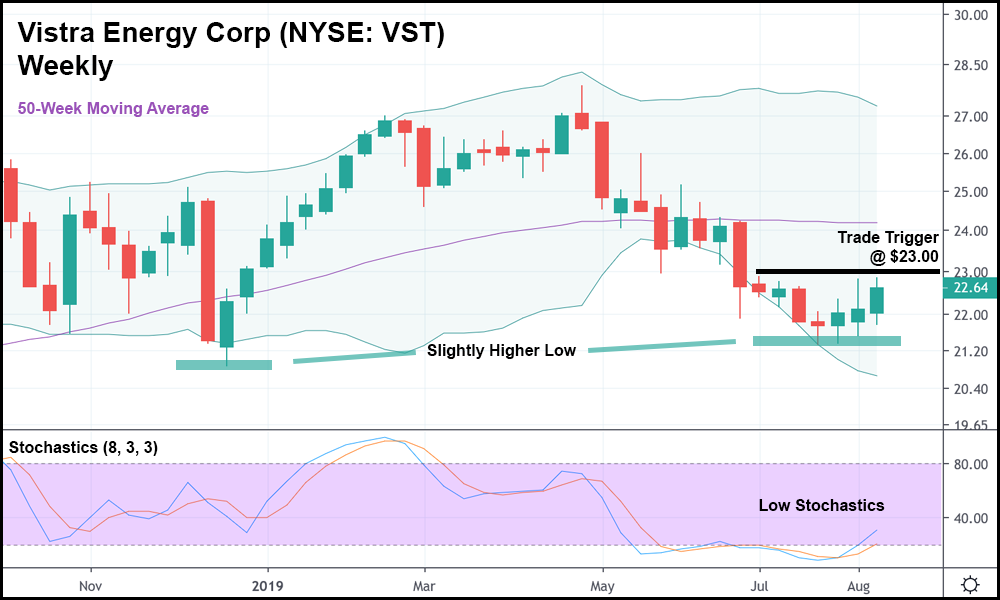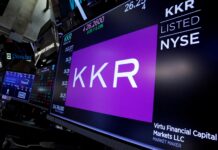Throughout the ongoing oil saga with Iran (and other oil producing nations), energy stocks have gotten absolutely hammered. The SPDRs Select Sector Energy ETF (NYSE: XLE) is down almost 13% over the last month and looks as though it could keep dropping.
But a few energy companies – particularly the ones that aren’t oil focused – are making a nice comeback.
Especially those that produce energy stateside via powerplants.
After all, Americans will always need electricity.
Some energy suppliers, however, are having issues “getting with the times”, and it’s taking a toll on their margins. New emissions regulations have forced hundreds of plants to shut down temporarily across the U.S., creating power vacuums for other companies to fill.
But even more modernized energy firms are experiencing shutdown problems as well – just not at the same magnitude.
Take Vistra Energy Corp (NYSE: VST), for example. They just had to shut down a plant in Illinois (out of the 8 total plants they manage in the area) for maintenance.
It could’ve been seen as a problem by shareholders.
Instead, it only emboldened investors further, as VST displayed its ability to take the temporary shutdown in stride.

In the weekly candlestick chart above, you can see that VST is in prime position for what looks like a major rally. Share prices dropped significantly since the start of the year, but eight months later, VST has finally bottomed.
And that’s great news for bulls.
In fact, it even set a slightly higher low relative to the low of December 2018. Stochastics are low as well (suggesting that VST might be oversold) and contact with the lower Bollinger Band was made one month ago.
Most importantly, though, the current weekly candlestick sits (as of this morning) just above the last three (almost four) candle bodies. Typically, I’d like to see it close higher than the last four or five (depending on how many “significant” candlesticks there are in the past), but because contact with the lower Bollinger Band was made AND a higher low was set, I’m willing to relax those conditions.
Still, it might make sense to play it safe here by setting the trade trigger above the high of the last 6 candlesticks, at approximately $23.00. What I’m really looking for is for VST to clear the overhead resistance of the current range of prices dating back to July 1st.
If share prices break through the high of the range, then an upwards move is likely.
As an added bonus, VST seems to operate independent of the highly volatile general market. With the way things are going these days, you never know what “big event” could send equities skyrocketing or plummeting at the open.
Stuff like that makes short-term trading very risky, if not downright dangerous. Thankfully, VST appears to “do its own thing”, making this an even more attractive setup to run with over the next month or two.








